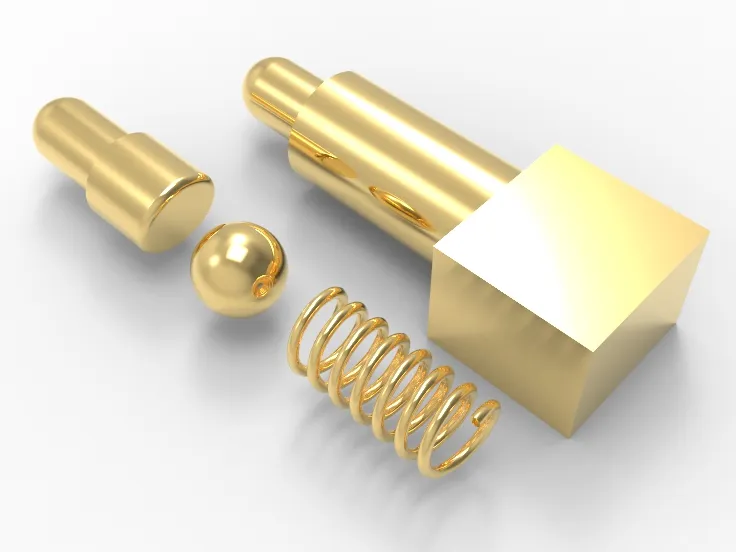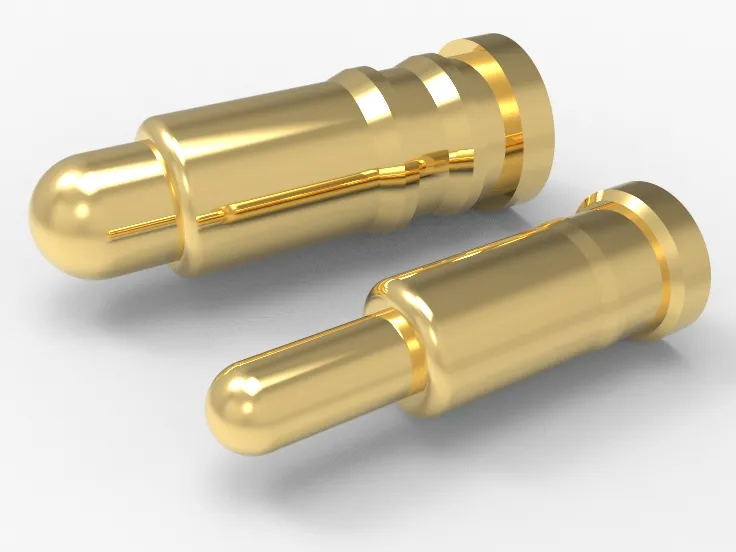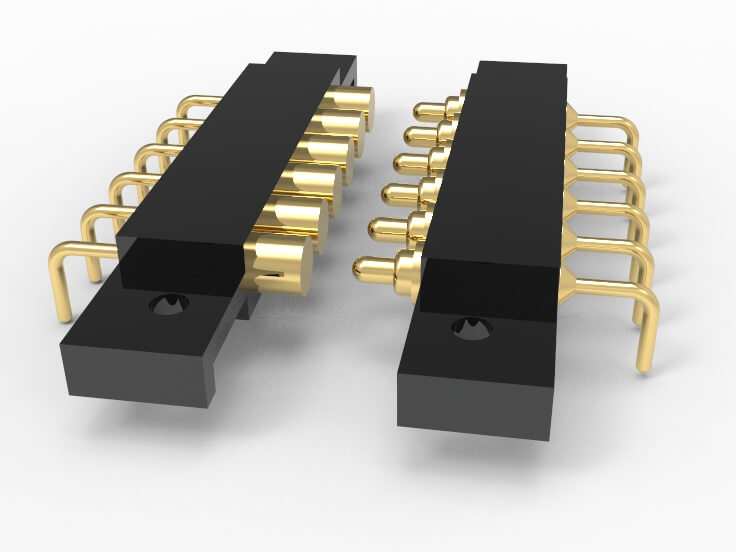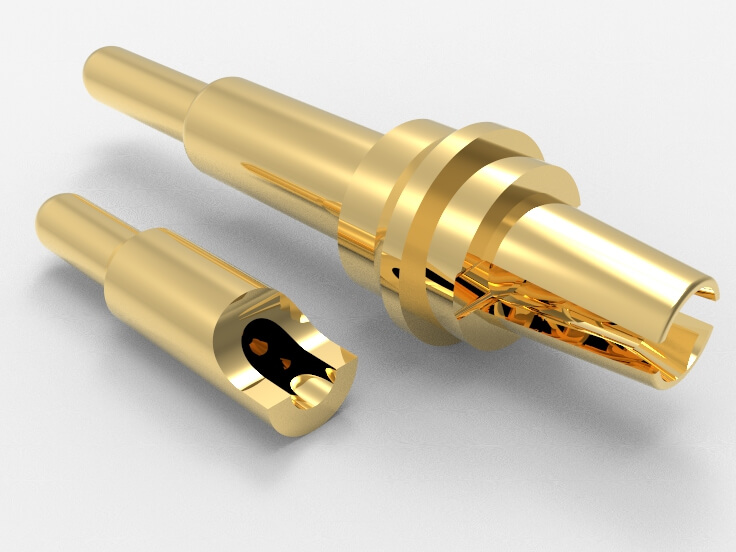What is Lean Production? Find Out How Lean Production Techniques Significantly Boost the Top Quality and High Precision of Pogo Pin Assembly
1. Introduction, what is Lean Production?
Lean production is a key concept in modern industry, focused on achieving excellence in quality and efficiency. By cutting out waste and fine-tuning operations, lean production makes manufacturing more efficient and improves the precision and quality of the final product.
In the assembly of Pogo Pins, lean production ensures precision and consistency through precise control and efficient process management. This article will explore the basic concepts of lean production and its application in Pogo Pin assembly, demonstrating how this advanced technology can achieve superior product quality and production efficiency.
2. Core Principles of Lean Production
Lean production is a production management method focused on eliminating waste and improving efficiency. Key concepts involve tracking the flow of value, constantly improving, producing items only when they’re needed, and ensuring high quality. In the high-precision assembly of Pogo Pins, lean production significantly enhances product consistency and precision.
- Value Stream Analysis helps identify non-value-added activities in Pogo Pin production and optimize the entire process. By analyzing each step in the assembly, unnecessary handling, waiting, and over-processing can be eliminated, reducing production time and costs.
- Continuous Improvement (Kaizen) is a core concept of lean production. In high-precision Pogo Pin assembly, regular process reviews and employee feedback continuously refine production equipment and parameters. For instance, adjusting soldering temperatures and pressures ensures optimal contact force and electrical performance for each Pogo Pin.
- Just-in-Time (JIT) Production focuses on making products only when they’re needed, and in just the right amount. In Pogo Pin assembly, JIT reduces inventory of semi-finished products, avoids overproduction, and ensures that each Pogo Pin is assembled quickly and meets high-quality standards.
- Quality Control is crucial in lean production. Automated inspections and Total Quality Management (TQM) are implemented at key steps in Pogo Pin assembly to ensure component accuracy and reliability. High-precision visual inspection systems monitor each Pogo Pin’s appearance and dimensions in real-time, ensuring they meet stringent specifications.
By systematically applying these principles, lean production not only improves the precision of Pogo Pin assembly but also significantly boosts production efficiency and quality consistency. This production approach is essential in manufacturing high-precision electronic components like Pogo Pins and forms the foundation for ensuring top-notch product quality.
3. Application of Lean Production in Pogo Pin Assembly
Lean production is crucial in the high-precision assembly of Pogo Pins. It boosts assembly accuracy and ensures top-quality products.
3.1 Eliminate Waste and Boost Efficiency
- Overproduction: Create goods based on customer needs to avoid having excess stock.
- Waiting Time: Streamline processes to cut wait times and enhance efficiency.
- Transport: Design efficient layouts to minimize unnecessary transport.
- Processing: Use advanced automation to cut unnecessary steps.
- Inventory: Implement Just-In-Time management to reduce inventory.
- Motion: Optimize workstation design to minimize unnecessary worker movements.
- Defects: Establish strict quality controls to reduce defects.
3.2 Continuous Improvement for Quality
- Employee Training: Regularly train staff to enhance skills and quality awareness.
- Problem Solving: Set up feedback systems to quickly address production issues.
- Data Analysis: Analyze data to identify and address factors affecting quality.
- Standardization: Create detailed procedures to ensure optimal performance at each step.
3.3 Automation and Smart Technology for Precision
- Automated Equipment: Use high-precision automation like assembly robots and automatic testers for consistent Pogo Pin assembly.
- Smart Manufacturing: Use IoT and big data to keep an eye on and tweak production settings as they happen.
- Smart Inspection: Employ advanced techniques like optical and X-ray inspections to ensure each Pogo Pin meets quality standards.
4. Impact of Lean Production on Pogo Pin Assembly
Lean Production is a manufacturing approach focused on maximizing efficiency and minimizing waste. Originating from the Toyota Production System, it aims to enhance quality and efficiency by systematically eliminating non-value-adding activities. In Pogo Pin assembly, this method is vital because accuracy and uniformity are critical.
4.1 Core Principles of Lean Production
- Define Value: Understand customer needs and define what makes a product valuable. For Pogo Pins, this involves clearly outlining what functions and performance levels are needed to satisfy customer needs.
- Value Stream Mapping: Break down and chart each stage of production to find and get rid of any waste.
- Continuous Flow: Ensure seamless connections between production stages to avoid delays and inventory buildup. In Pogo Pin assembly, this reduces assembly errors and speeds up production.
- Pull Production: Produce based on demand rather than in bulk. This principle is crucial for Pogo Pins to ensure timely production and reduce inventory losses.
- Continuous Improvement: Continuously evaluate and enhance processes to improve efficiency and product quality.
4.2 Effects of Lean Production on Pogo Pin Assembly
4.2.1 Increased Precision and Consistency:
- Standardized Operations: Lean emphasizes standardized procedures and quality control, ensuring each Pogo Pin is assembled to exact specifications.
- Automation and Smart Devices: High-precision equipment like CNC machines ensures that each pin meets strict dimensional requirements.
4.2.2 Reduced Defects and Waste:
- Real-Time Quality Monitoring: On-the-spot quality checks catch and correct issues immediately, reducing defects and improving overall quality.
- Detailed Management: Precise calculations of materials and time minimize waste, ensuring every step in the assembly process adds value.
4.2.3 Enhanced Production Efficiency:
- Continuous Improvement (Kaizen): Encourages ongoing suggestions for improvements, optimizing processes and eliminating bottlenecks.
- Flexible Production: Makes it possible to quickly modify production plans and processes in response to new market requirements.
Lean Production improves Pogo Pin assembly by systematically eliminating waste, increasing quality, and boosting efficiency. Through standardization, automation, real-time quality checks, and continuous improvement, it provides a solid foundation for achieving high precision and meeting customer standards.
5. Successful Case of Lean Production
In Pogo Pin assembly, lean production techniques have proven to significantly enhance product quality, precision, and production efficiency.
5.1 Background: Johoty specializes in high-precision electronic connectors, with Pogo Pin being a core product. Previously, the assembly process faced issues with stability and high defect rates due to the high precision and quality demands.
5.2 Lean production Implementation: Johoty applied lean production techniques to optimize the Pogo Pin assembly process through:
- Standardized Processes: Standardizing each production step and ensuring all workers follow uniform procedures to reduce human errors.
- Preemptive Quality Control: Setting quality checkpoints at critical stages to detect and resolve issues early, preventing defects from progressing.
- Continuous Improvement (Kaizen): Regular improvement meetings with staff to address production issues and implement suggestions, creating a rapid response system for ongoing process optimization.
5.3 Results: Lean production reduced Pogo Pin defect rates from 5% to 1%, and product qualification rates increased to over 99%. Production efficiency improved by about 30%, cutting production time and costs.
6. Future Trends in Lean Production
With the rise of Industry 4.0, combining lean production with smart manufacturing is the future for Pogo Pin assembly. Integrating lean principles with advanced technologies will boost efficiency and quality.
- Smart Devices and Automation: Using smart devices and automation in Pogo Pin assembly greatly enhances precision and efficiency. Automated assembly equipment and robots can control and monitor the process accurately, reducing manual intervention and errors.
- Big Data and Analytics: Big data can be used to collect and analyze production data, optimizing and predicting production processes. Examining this data reveals where things are getting stuck and where issues lie, which helps boost both efficiency and quality.
- Internet of Things (IoT): IoT technology connects devices, creating a smart production network. In Pogo Pin assembly, IoT enables real-time monitoring and management of equipment and environments, ensuring stable and efficient production.
Lean production in Pogo Pin assembly not only boosts efficiency and quality but, when combined with smart technologies, drives the process towards higher precision and quality. As lean and smart manufacturing technologies advance, Pogo Pin assembly will continue to improve, supporting the growth of the electronics industry.
7. Conclusion: Lean Production
Lean production is all about achieving peak efficiency and high quality in production. By methodically cutting out waste and always making improvements, it greatly enhances how efficiently things are produced and the quality of the products. When applied to Pogo Pin assembly, lean techniques ensure precise control at every stage, minimizing waste and defects to achieve top-notch assembly quality and precision:
- Process Optimization: Using lean’s value stream mapping, we can thoroughly review each step of Pogo Pin assembly, eliminating non-value-adding activities. This shortens production time and greatly increases efficiency.
- Standardized Operations: Creating and following detailed standard operating procedures ensures that every operator adheres to best practices, reducing human error and maintaining product consistency and high quality.
- Quality Control: Lean production emphasizes strict quality control at every stage, using tools like Statistical Process Control (SPC) to monitor and analyze key parameters in real time, ensuring every Pogo Pin meets rigorous quality standards.
- Continuous Improvement: By implementing lean’s continuous improvement (Kaizen), employees can regularly suggest enhancements to optimize the Pogo Pin assembly process, boosting efficiency and quality.
- Equipment Maintenance: Lean’s Total Productive Maintenance (TPM) helps prevent equipment failures, keeping Pogo Pin assembly machines in top condition, reducing downtime, and improving production stability.
By adopting lean production techniques, we can greatly enhance the quality and precision of Pogo Pin Connector assembly. Lean production is key to achieving outstanding quality and efficient production. Trust Johoty to deliver results that will surely satisfy you!














